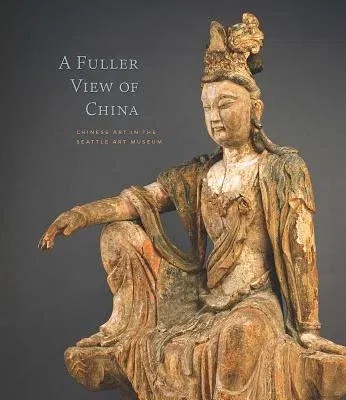Founded in 1933, the Seattle Art Museum is home to a premier collection
of Chinese art. This book is the first to chronicle and analyze the
growth of the collection, which was largely assembled during the first
half of the twentieth century. Reviewing more than one hundred boxes of
museum archives, annual reports, correspondences, and available records
of all transactions, Josh Yiu provides a nuanced account of Seattle's
Chinese art collection, and reconsiders the "golden age" of collecting
Chinese art in the early twentieth century. Yiu demonstrates the
challenges for Westerners to acquire authentic objects of historical
significance when Chinese art study in the West was in its nascent
stage. He argues that a first-rate collection is a condition that needs
to be maintained through relentless quest for superior objects. As a
case in point, Seattle's collection of more than 2,500 objects was not
merely accumulated over time, but distilled through decades of nimble
acquisitions and deaccessions.
The main figure behind this story is the founding director Dr. Richard
Fuller (1897-1976), who started collecting as early as the 1910s. In
contrast to conventional hagiographical accounts of museum patrons, Yiu
shows how Fuller's interest shifted from tourist souvenirs to
high-quality objects that represent China's artistic legacy, and how he
refined the collection over time. Gradually Fuller became a great
collector through diligent study and earnest consultation with experts,
such as Sherman Lee. The book thus serves as a vivid reminder that good
collection requires much more than resources and "good taste."

